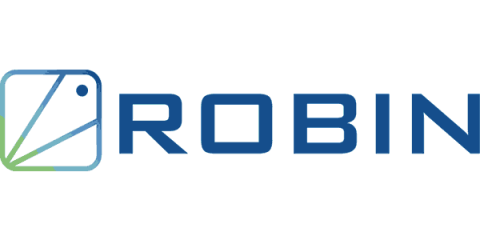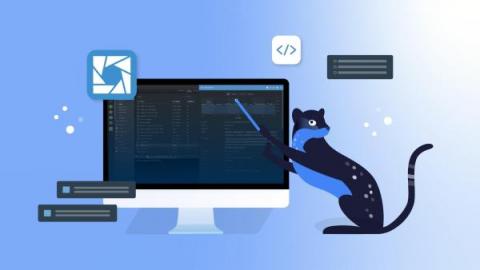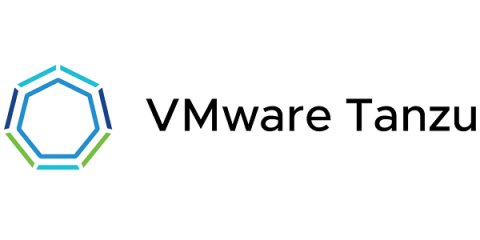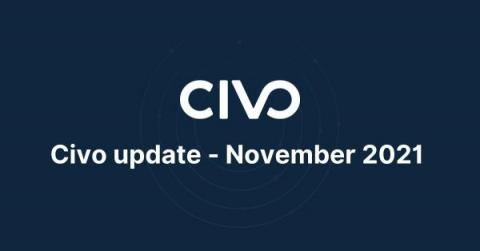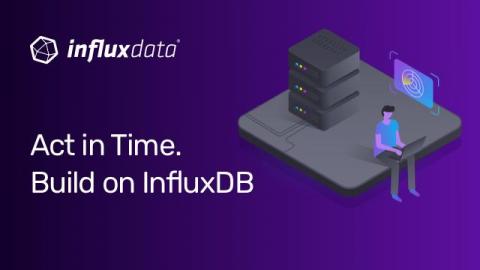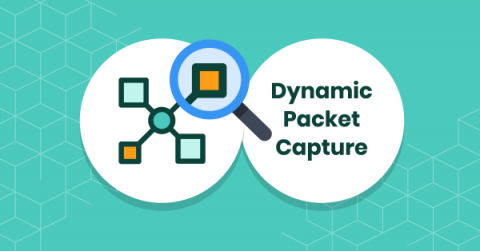The Astronomical scope of Private 5G - and how to unlock its massive benefits
As enterprises prepare to deploy Industry 4.0 applications, they are increasingly adopting intelligent infrastructure and newer automation technologies. With aggressive digitalization comes an insatiable appetite for improved performance and new services. Enterprises and customers are adopting the current 5th Generation (5G) mobile network as quickly as it becomes available.


